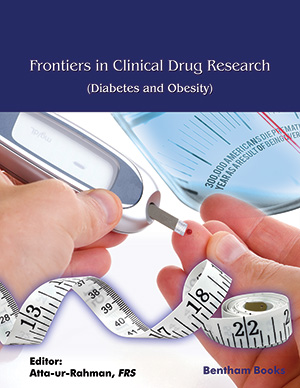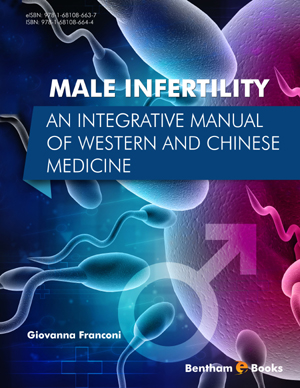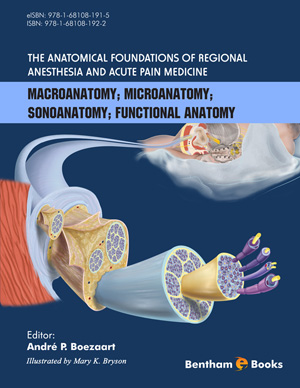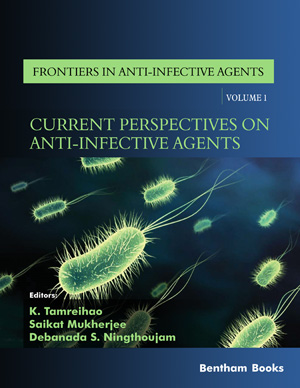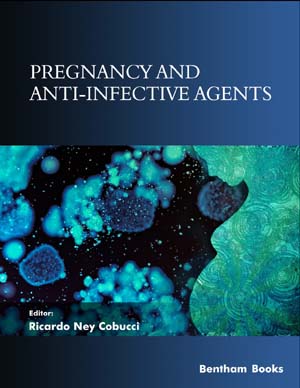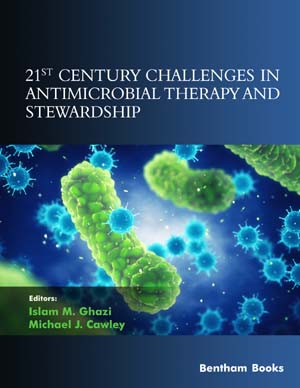Abstract
Diabetes is a deep-seated and persistent ailment that has a comprehensive and long term effect on carbohydrate, fat, and protein metabolism. This malady is usually associated with hyperglycemia over an extended time which may be due to either flaw in the production of pancreatic insulin or implausible insulin target tissue.
Current pharmacological treatment strategies aim to promote pancreatic insulin release, reduce glucose output from the liver, or increase insulin sensitivity of adipocytes. But none of these current strategies have an appreciable curative effect on diabetes. Continuous exercise and workouts accompanied by lifestyle modifications have been found to improve glycemic control in diabetic patients which have not been well adapted with all patients. This emphasizes the role and urges herbal anti-diabetic drugs as they have a remarkably wide array of primary and secondary metabolites that have noted anti-diabetic actions accompanied by anti-oxidant action. But an herbal antidiabetic drug has got some limitations like a difference in constituents due to different geographical locations, scientific misidentification, product contamination, inappropriate time and method of harvesting, adulteration, etc. So, drug standardization is an indispensable tool to ensure the safety and efficacy of herbal anti-diabetic drugs. Regulatory agencies worldwide have set up stringent regulatory frameworks that have led to the development of herbal anti-diabetic drugs positively. When two or more drugs (either herbal or synthetic) are administered together, there may be either chemical or pharmacological interaction that may alter the effect of either both or sometimes one agent which cannot be easily predicted and understandable. These interactions may affect clinical safety and efficacy via additive/synergistic or antagonistic interactions. While antagonistic interactions tend to receive more attention due to safety concerns, additive/synergistic interactions increase the desired pharmacological response which is a boon to us in treatment, for which special attention has to be paid. In this chapter, a detailed and in-depth analysis of herbal antidiabetic drugs and various commonly used anti-diabetic plants are discussed. Also, problems associated with herbal anti-diabetic drugs and methods to overcome along with special emphasis on their clinical and therapeutic implications including reported herb-drug interactions, are examined.
Keywords: Abelmoschus esculentus, Anemarrhena asphodeloides, Anti-diabetic, Bauhinia megalandra, Cryptolepis sanguinolenta, Capparis decidua, Herbs, Herb-drug interactions, Hintonia latiflora, Natural, Pandanus odorus, Quercetin- 3-O-β- glucopyranosyl-(1″′→6″)-glucoside, Xanthium strumarium.


